Start your day right
Sign up for Essential California for news, features and recommendations from the L.A. Times and beyond in your inbox six days a week.
You may occasionally receive promotional content from the Los Angeles Times.
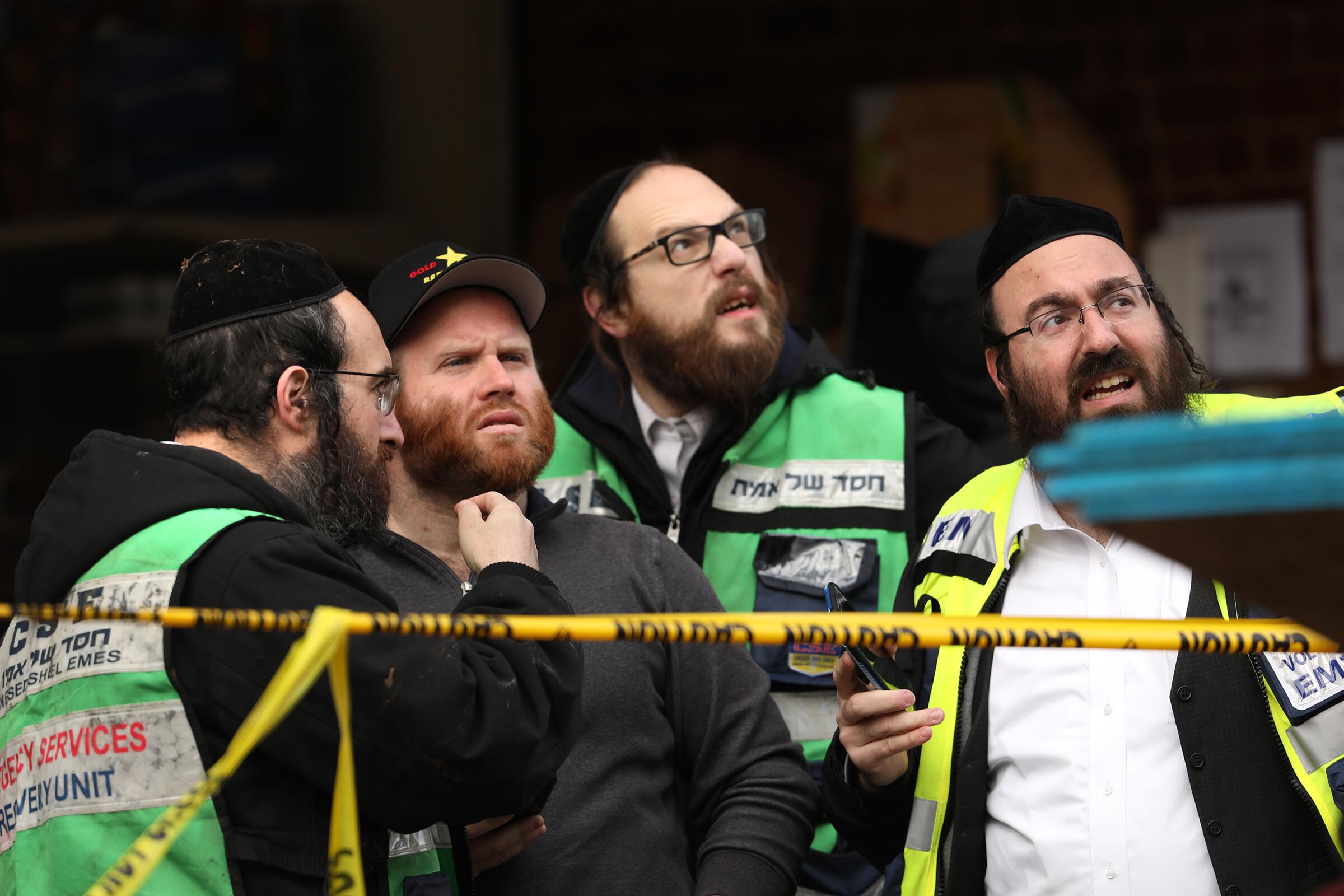
A tally of a mass shooting could be written in countless ways.
The term is not a legal one — which means that definitions fluctuate. The Gun Violence Archive, a nonprofit that tallies gun violence in the United States, defines a mass shooting as four or more victims shot or killed. Some media outlets use three fatalities as a baseline for a mass shooting; others four. The topic is widely debated.
For this timeline, The Times is defining a mass shooting as four or more deaths (which currently leaves the tragic Gilroy, Calif., shooting off the list). What is certain is that these types of shootings — regardless of how they are classified — often play out in a similar way: a gunman, frequently male, frequently working alone or as part of a pair, brings untold grief to the places where people gather: shopping centers and nightclubs and high schools and churches. There is no place that is safe.
A man and woman killed a police officer at a Jersey City cemetery, then pulled up to a Jewish market and opened fire. The gun battle and standoff left three people inside the store dead, as well as the two attackers. The mayor said surveillance video of the couple made it clear they targeted the kosher market. Investigators believe the couple identified themselves in the past as Black Hebrew Israelites, a movement whose members have been known to rail against whites and Jews. The New Jersey attorney general said the attack was being investigated as an act of domestic terrorism.
A man opened fire on a state trooper during a traffic stop and drove away, shooting more than 20 people and killing seven in apparently random attacks in the area of Odessa and Midland. He was eventually killed during a shootout with police outside a movie theater. Police said at one point the shooter, a white man in his 30s, hijacked a U.S. Postal Service vehicle and was firing at random, hitting multiple people, including several law enforcement officers and a 17-month-old girl. This is Texas’ second mass shooting in August.
A gunman killed nine and injured an estimated 27 people near Ned Peppers Bar in the historic Oregon District of Dayton after opening fire with a .223-caliber rifle. The gunman, who was killed by police, has been identified by a law enforcement official as Connor Betts, 24. The shooter was wearing body armor and had additional high-capacity magazines. If the police hadn’t responded as quickly as they did, said Dayton Mayor Nan Whaley, “hundreds of people in the Oregon District could be dead today.” Among the dead was the shooter’s sister.

A man armed with a rifle went on a rampage at a Walmart popular with Latino shoppers on El Paso’s eastside that left 22 dead — among them, a U.S. Army veteran and Mexican nationals — before surrendering to the police. The suspect, Patrick Crusius, 21, from Allen, Texas, may be linked to an anti-immigrant manifesto that appeared on the website 8chan in advance of the shootings that warned of an “invasion” of Latino immigrants. The attack left at least 26 people wounded.
DeWayne Craddock, 40, a civil engineer for the Public Utilities Department in Virginia Beach, opened fire inside a municipal building adjacent to City Hall, killing 12 people before being fatally shot by police. Eleven of those killed were municipal employees who had collectively served the city for more than 150 years; the 12th was a contractor seeking a permit. Six others were also wounded in the shooting.
Gary Martin, a 45-year-old factory worker in Aurora, Ill. killed five co-workers at the Henry Pratt Co. manufacturing plant in suburban Chicago during a meeting in which he was fired. One other co-worker was also wounded, as were the first five police officers to arrive at the scene. Martin was able to acquire the .40-caliber handgun he used because a background check didn’t turn up a prior felony conviction for aggravated battery in Mississippi. After a 90-minute manhunt inside the 29,000-sq. ft. plant, he was killed in a shootout with police.
A former U.S. Marine burst into the Borderline Bar and Grill in Thousand Oaks on a night when it was jammed with dancing college students, tossed a smoke bomb into the space and proceeded to open fire with a .45-caliber handgun. Twelve died in the attack and 18 were injured, including a Ventura County Sheriff’s deputy. The gunman, Ian David Long, 28, killed himself at the scene.

Robert Bowers, 46, a Pittsburgh truck driver with a history of posting anti-Semitic material on social media, entered the Tree of Life Synagogue in the city’s quiet Squirrel Hill neighborhood and killed 11 people and wounded six others. He was armed with an assault rifle and three handguns and wounded a total of four officers before being shot and taken into custody. According to the Anti-Defamation League, it was the deadliest anti-Semitic attack in U.S. history.
For years, Jarrod W. Ramos, 38 had obsessively harassed journalists at the Capital Gazette in Annapolis, Md., for publishing a story that outlined the ways in which he had criminally harassed a woman who had rejected his advances. On June 28, 2018, he burst into the paper’s offices with a 12-gauge shotgun and killed five staffers. Police arrested Ramos at the scene. The paper’s staff nonetheless put out a paper: the next day. On the front page: “5 shot dead at The Capital.”

They had just picked up their caps and gowns and were days away from graduation, but some of the victims wouldn’t live to claim their diplomas. At 7:30 a.m. on a Friday, a 17-year-old junior named Dimitrios Pagourtzis entered Santa Fe High School, in the suburbs of Houston, and proceeded to kill 10 people and injure 13 more with a shotgun and a .38 caliber revolver he’d taken from his father. Pagourtzis ultimately surrendered and was arrested.
Nikolas Cruz, 19, had been expelled from Marjory Stoneman Douglas High School in Parkland, Fla. for disciplinary reasons. He returned to the campus armed with a semiautomatic rifle and killed 17 students and staff members — seven of whom were only 14. In the process, he wounded at least a dozen others, some seriously. Cruz was ultimately arrested without incident. The attack surpassed the 1999 Columbine High School shooting as the deadliest shooting at a high school in U.S. history.
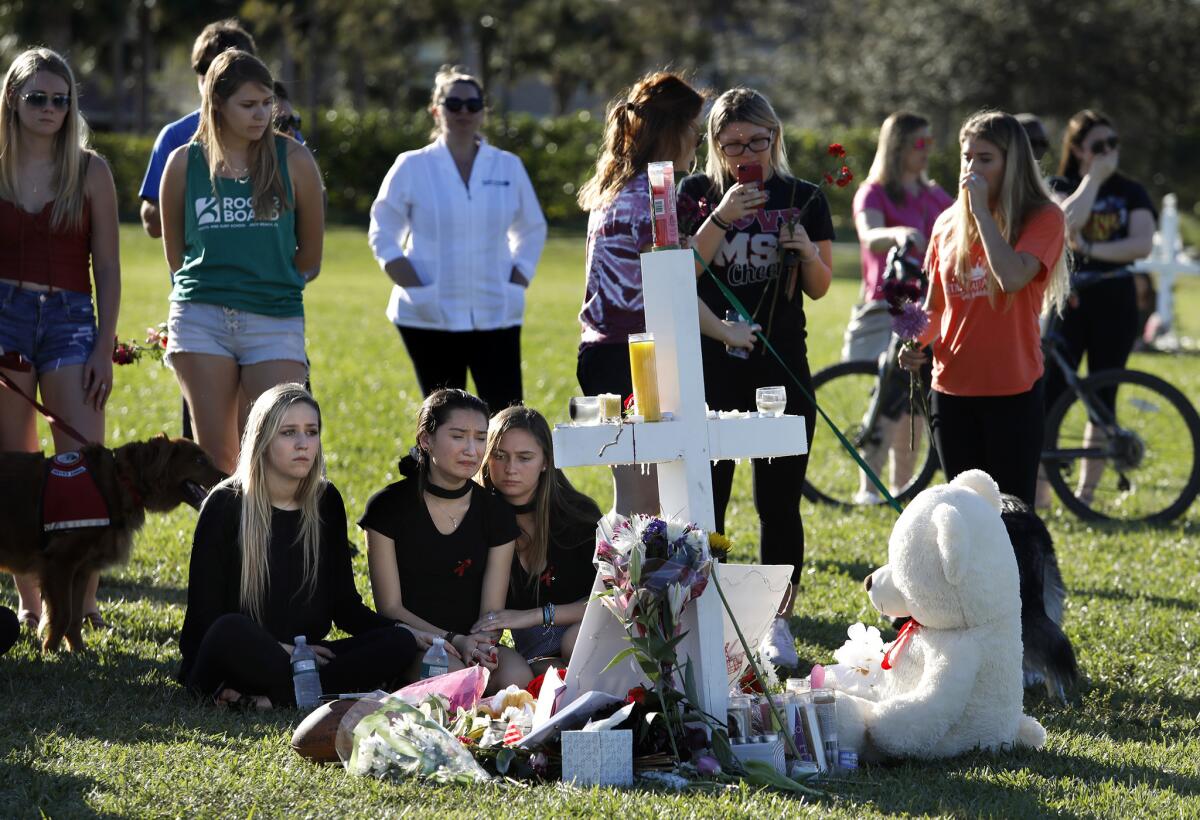
Worshipers had just filed in for Sunday services at First Baptist Church in this rural San Antonio suburb when Devin Patrick Kelley, 26, an Air Force veteran with a history of domestic violence, pulled up wearing a bullet-resistant vest and carrying an AR-15-style assault rifle. He killed 26 people ranging from 5 to 72. After being shot in the leg by a bystander, Kelley fled the scene, turned a gun on himself and died. Later reports showed that the Air Force had failed to report Kelley’s court martial for domestic violence to an FBI database, thereby allowing him to pass a background check and buy guns.
In a meticulously plotted attack, Stephen Paddock, 64, opened fire on spectators at the Route 91 Harvest music festival from his suite on the 32nd story of the Mandalay Bay Resort and Casino. He killed 58 people and wounded more than 500. Investigators later found a cache of 23 weapons in his hotel room, including 14 firearms that had been modified with bump stocks, which allow a shooter to fire more rounds at a rapid pace. (These have since been banned.) Paddock, a real estate investor who had once worked for the IRS, was found dead after a SWAT team burst into his hotel room.

After being fired from his job at a Florida awning factory, John Robert Nuemann Jr., 45, a U.S. Army Veteran, returned to the cavernous Orlando manufacturing site with a semi-automatic pistol and killed five people. He then killed himself at the sound of an approaching siren.
Esteban Santiago, 26, a U.S. Army veteran based in Anchorage, who had complained that the government was controlling his mind, drew a gun from his checked baggage at Fort Lauderdale-Hollywood International Airport and proceeded to kill five people and wound eight. He was taken into custody after tossing aside his empty weapon.
The plan had been to ambush moviegoers who had gathered at the Cascade Mall theater in Burlington to watch “The Magnificent Seven.” But Arcan Cetin, a 20-year-old fast-food worker, had to abandon that idea when the theater door he had propped open was discovered by someone and closed shut. Instead, he used the semiautomatic Ruger .22 rifle that he had stolen from his stepfather’s closet to shoot five people at close range inside a Macy’s department store. Cetin was found dead in his jail cell in April of the following year — an apparent suicide.
It was Latin night at Pulse, a gay dance spot in Orlando, when Omar Mateen, 29, entered the nightclub with an AR-15-style semiautomatic rifle and launched an attack that left 49 people dead and 58 injured. At one point, Mateen took 30 clubgoers as hostages. Just after 5 a.m., a local SWAT team moved in and opened a hole in a wall with an armored vehicle; less than an hour later, Mateen was dead. Among the motives attributed to Mateen were racism and homophobia.
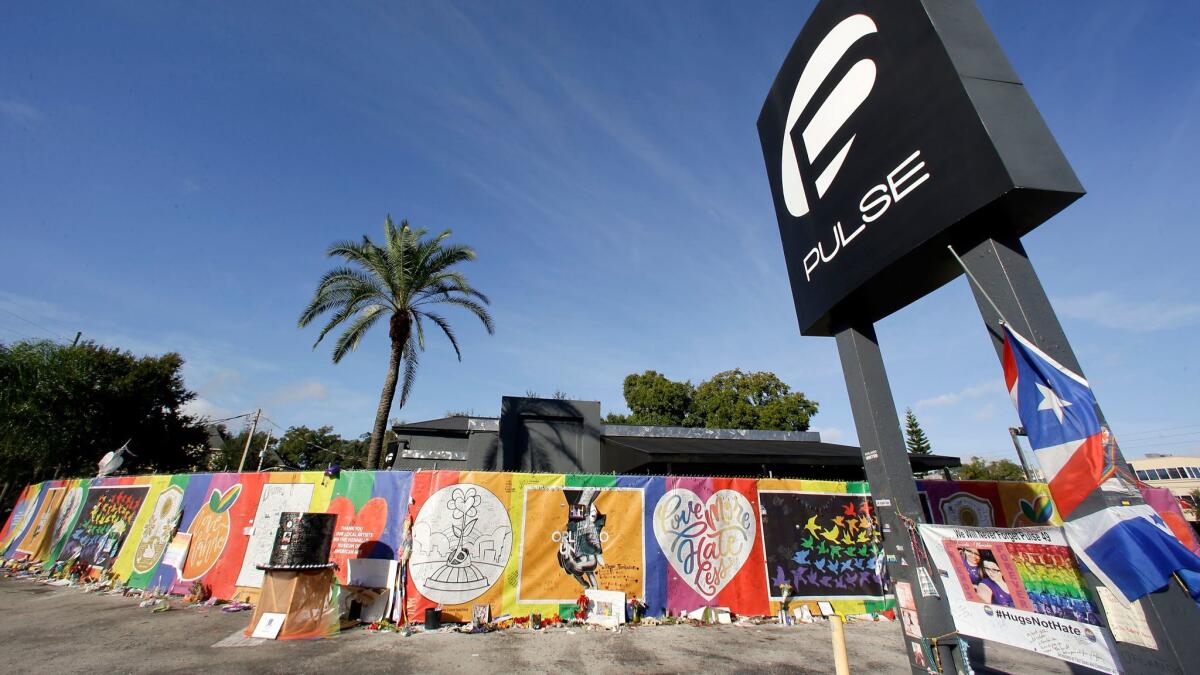
Before it was a massacre, it was a holiday potluck for county workers. Government health inspector Syed Rizwan Farook, 28, had attended the event at the Inland Regional Center in San Bernardino with his co-workers. He then left the party and returned with his wife, Tashfeen Malik, 29 — bearing combat rifles and handguns. Together, they killed 14 people and wounded 22 others. Farook and Malik later died in a gun battle with police, who uncovered an arsenal of ammunition, pipe bombs and other weapons in their Redlands townhouse.
Christopher Sean Harper-Mercer, 26, entered his Writing 115 class at Umpqua Community College in Roseburg, Ore. — only the second time the class had met — and began firing. He killed nine people and injured another nine, before killing himself during a gunfight with sheriff’s deputies. Law enforcement sources later described him as a “hate-filled” individual with anti-religious and white supremacist leanings. At the time of the shootings, he was armed with six legally purchased handguns and a flak jacket.
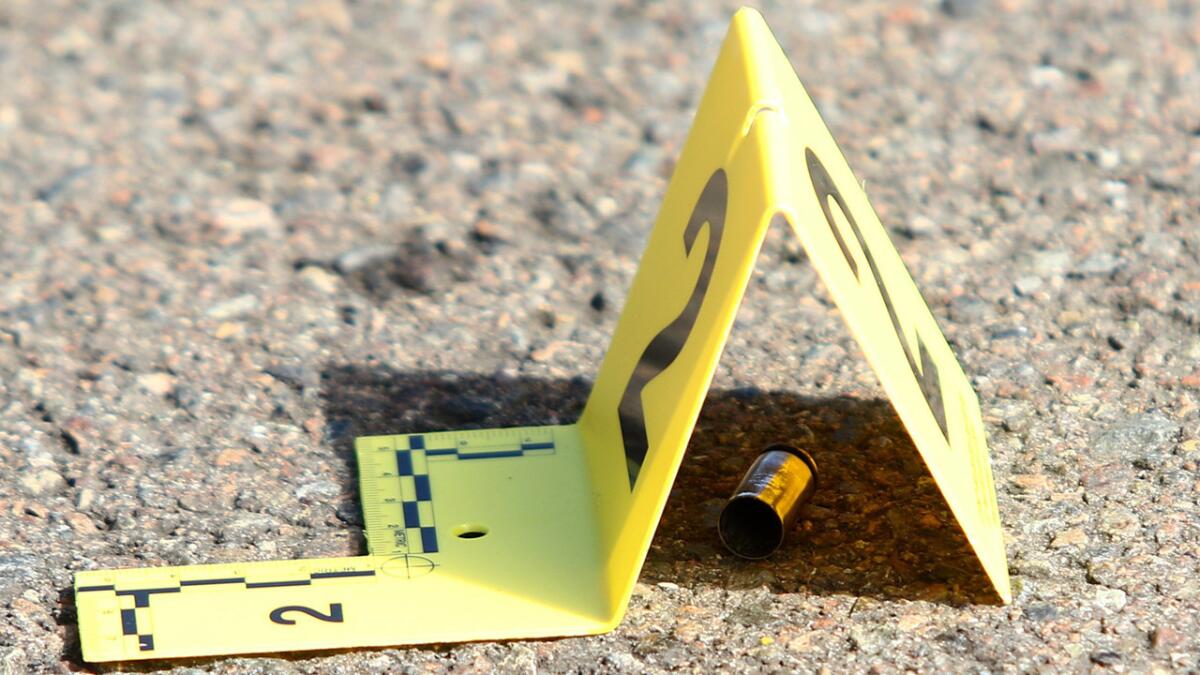
Armed with an assault rifle, Mohammod Youssuf Abdulazeez, 24, opened fire on two military centers more than seven miles apart in Chattanooga, resulting in the deaths of four U.S. Marines and a Navy petty officer. He was finally killed by police.
A man reportedly shouted racial epithets before opening fire inside the historic Emanuel African Methodist Episcopal Church in Charleston, S.C., resulting in the deaths of nine members of a Bible study class, including three ministers. Dylann Storm Roof, 21, fled the scene and was later apprehended 250 miles away in Shelby, N.C. In December 2016, he was found guilty of 33 federal charges, including committing a hate crime; the following month he was sentenced to death. He is being held in federal prison in Indiana.
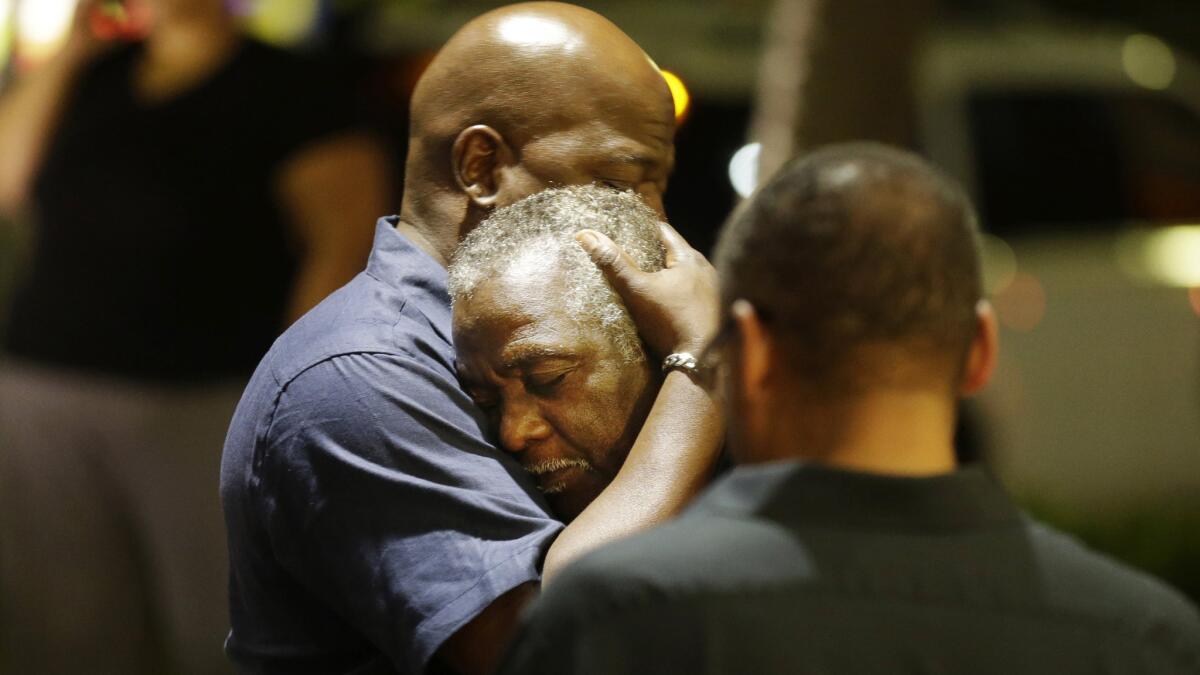
For the record:
12:44 PM, Aug. 05, 2019 An earlier version of this story reported that the shooter at the Route 91 Harvest music festival in Los Vegas in 2017 used a gun that had been illegally modified with a bump stock. Bump stocks were legal at the time; they have since been banned.
Start your day right
Sign up for Essential California for news, features and recommendations from the L.A. Times and beyond in your inbox six days a week.
You may occasionally receive promotional content from the Los Angeles Times.